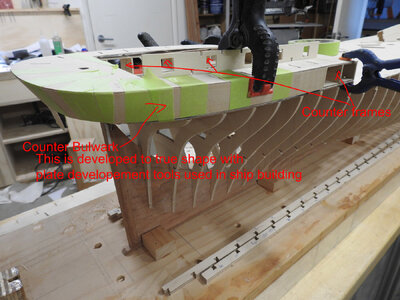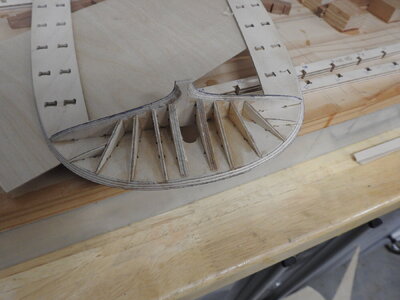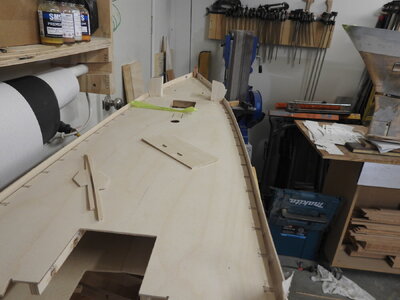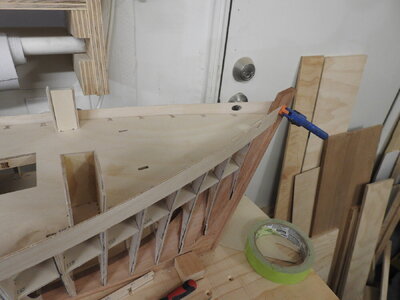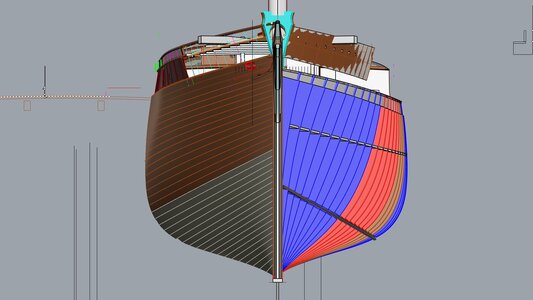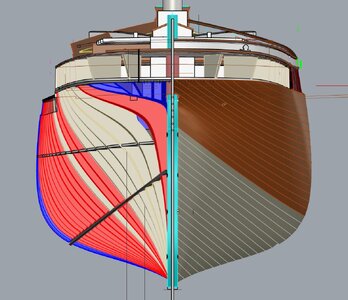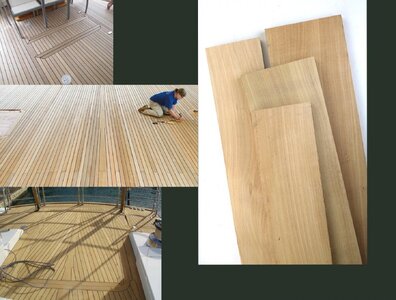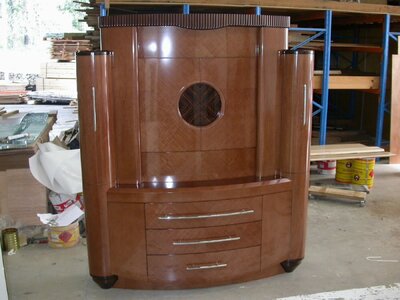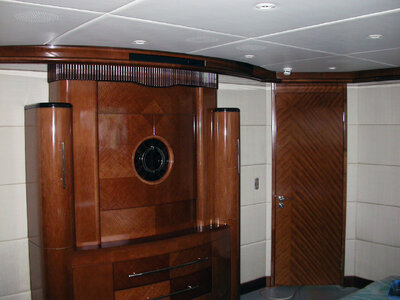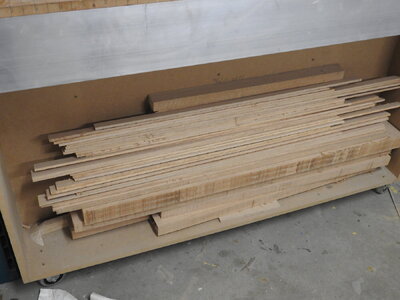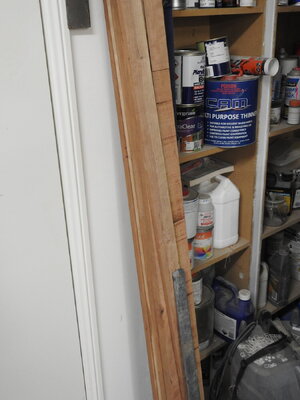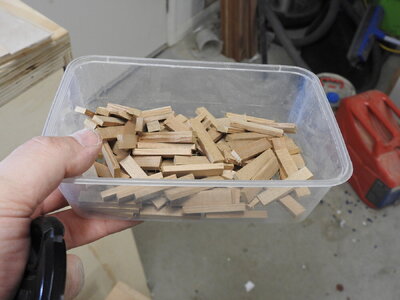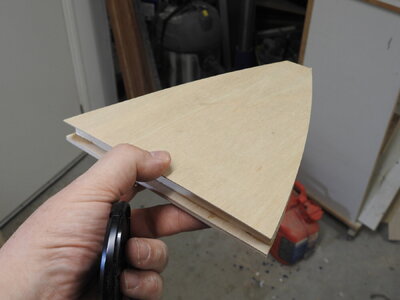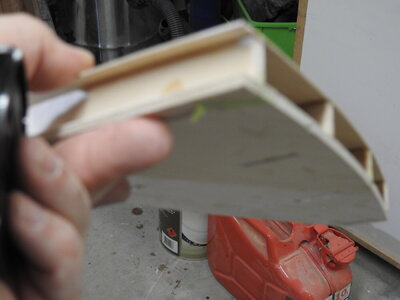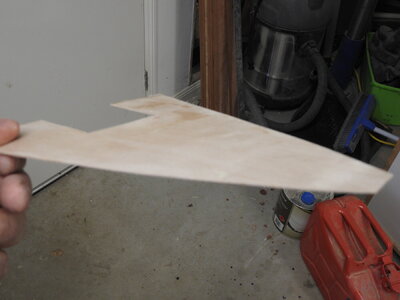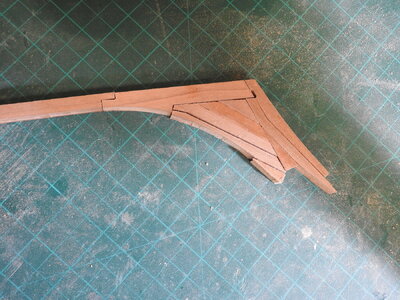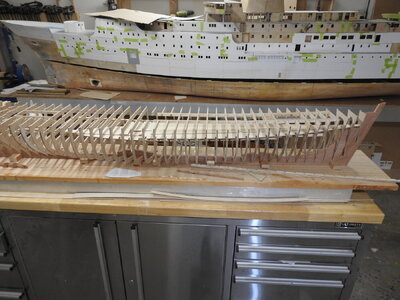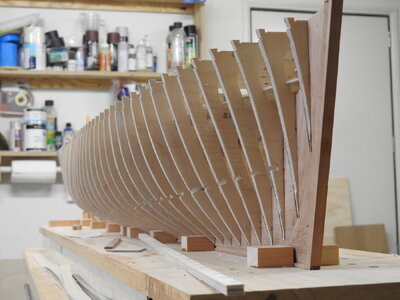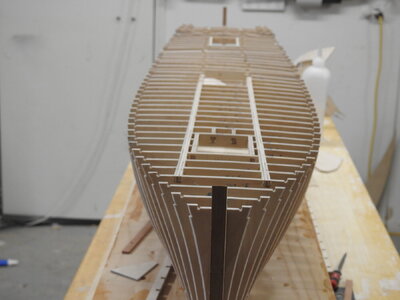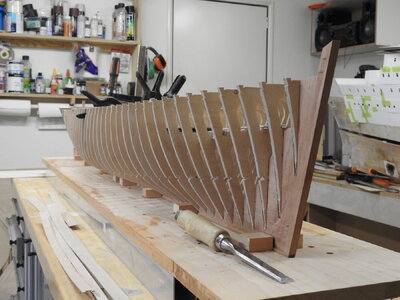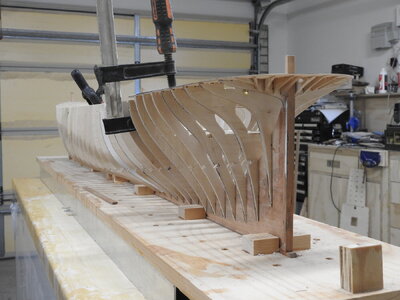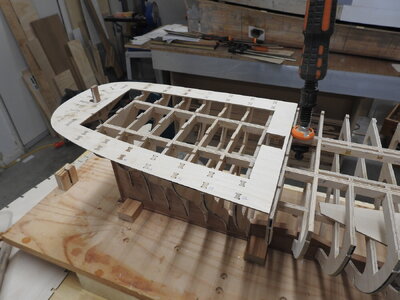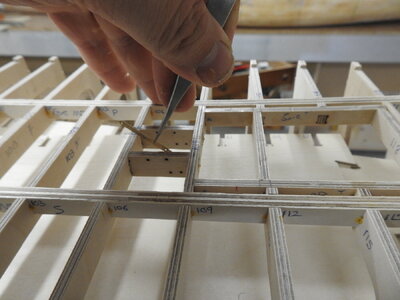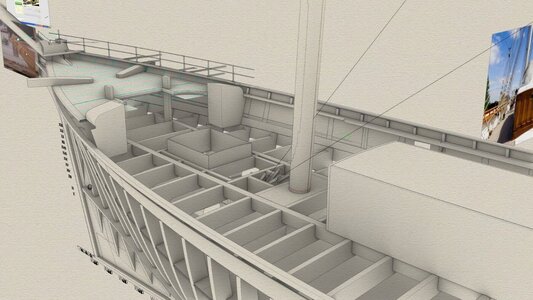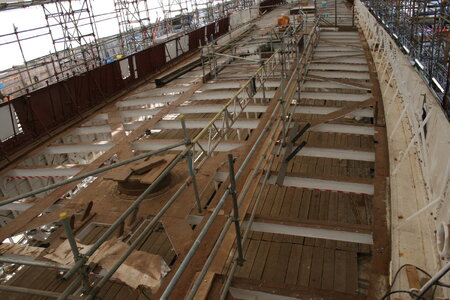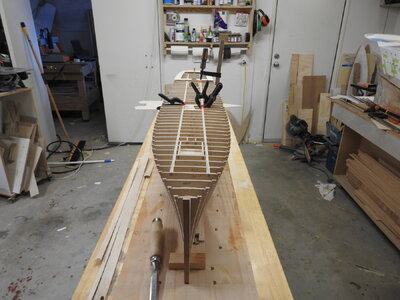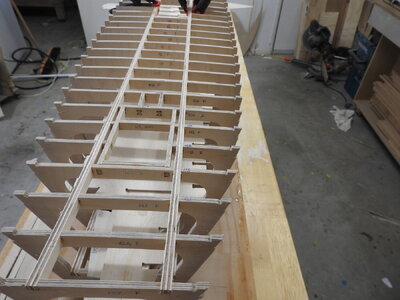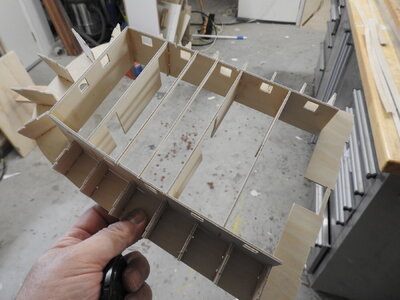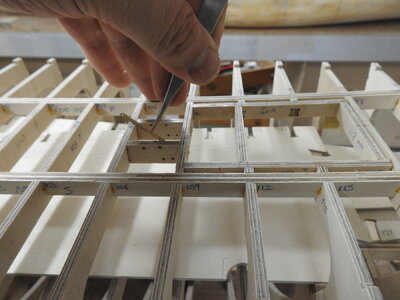Thanks guys
You are correct in that assumption Jim, there is absolutely nothing that needs to be soldered to them and those that do need fixing have enough area to CA on.
The only small fitting which needs to carry load are the boomkins and those can be pinned through.
Looks like I will be experimenting with milling aluminium on the CNC soon.
On another note I am playing with the idea of publishing this as a set of plans and templates that can be replicated at various scales to meet increasing demand for smaller scales.
What I am proposing will cost a little more than regular set of plans for the simple fact it will not be done on paper, the reason is paper moves.
I hope you all know this but you should never print on paper.
Plans should always be printed on drafting film, it is stable, semi transparent and heavy gauge making it tough and ideal for cutting with a knife and running a pencil around it.
View attachment 417112 The other huge advantage some of you may not realise is the ink used on film is almost like a wax and if ironed face down will transfer on to the wood
It can be shipped anywhere regardless of climate and it will not move.
The bonus of this is I don't have to limit you to my choices of timber although I am adamant of this personally, Anigre for decking as it looks identical to aged teak and American Cherry stained with golden yellow stain to replicate the golden brown of varnished teak.
But ultimately its up to you. Can I have some thoughts on this.
an example of this would be the frames and keel, I would provide each frame as a normal profile with the bevel also marked on it so it can be glued onto the ply cut out and bevelled with a file.
This was done in the same way before I owned a CNC and with care note the quality of the fits.
View attachment 417113View attachment 417114
The keel would be the same with the addition of 1:1sections at every frame and waterline, of the rabbet on a separate sheet that can be cut up.
rather than the frame notches being marked on keel I would mark the location of one side of the frame, to allow for users to supply a different thickness of frame, something along that line of approach
The accuracy of the model will not be compromised in any way, it's still as close as a shrunken version of the full size thing but users will just have to be good at scroll sawing and cleaning up to the very fine lines which will be very fine lines indeed .13mm or finer.
I would not think that anything smaller than 1/64 could be built to the proper level of detail, things would have to be dropped or scaled up to make it possible. though.
I would include plans for everything on the hull and masting, including the decking and planking and optional cast resin fittings.
Or am I stupid doing this and better off just doing proper plans of the ship at every level and letting you build your own and come up with you own construction method.
Can I have some thoughts on this from everyone?



